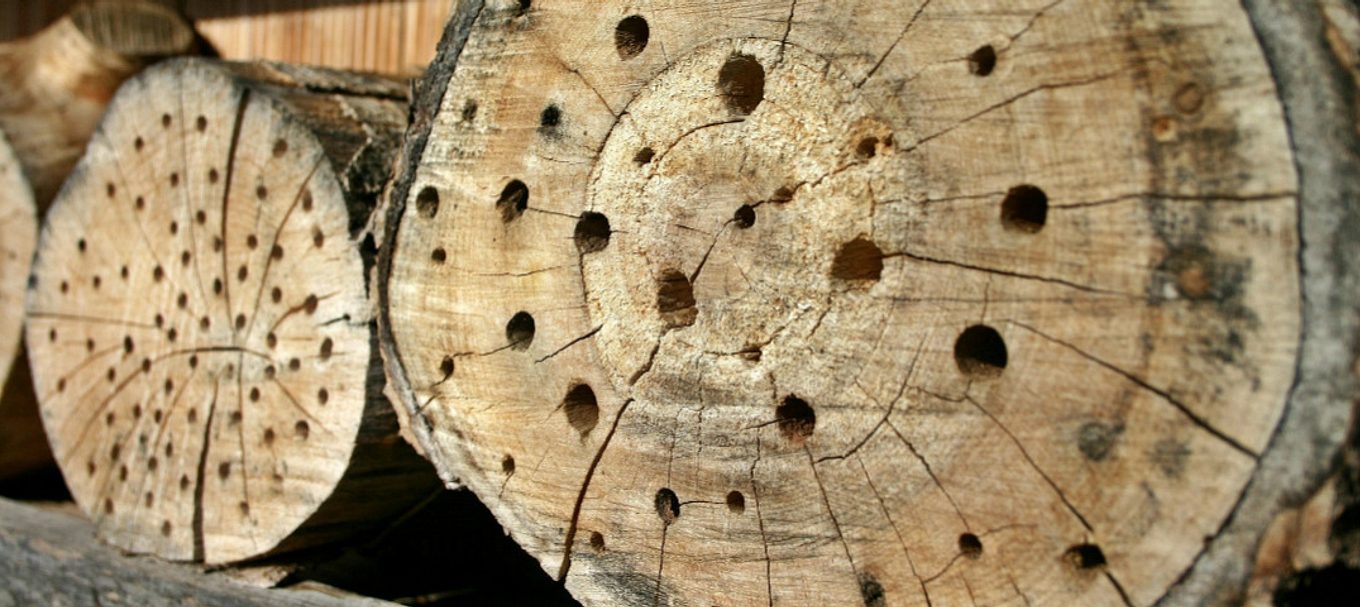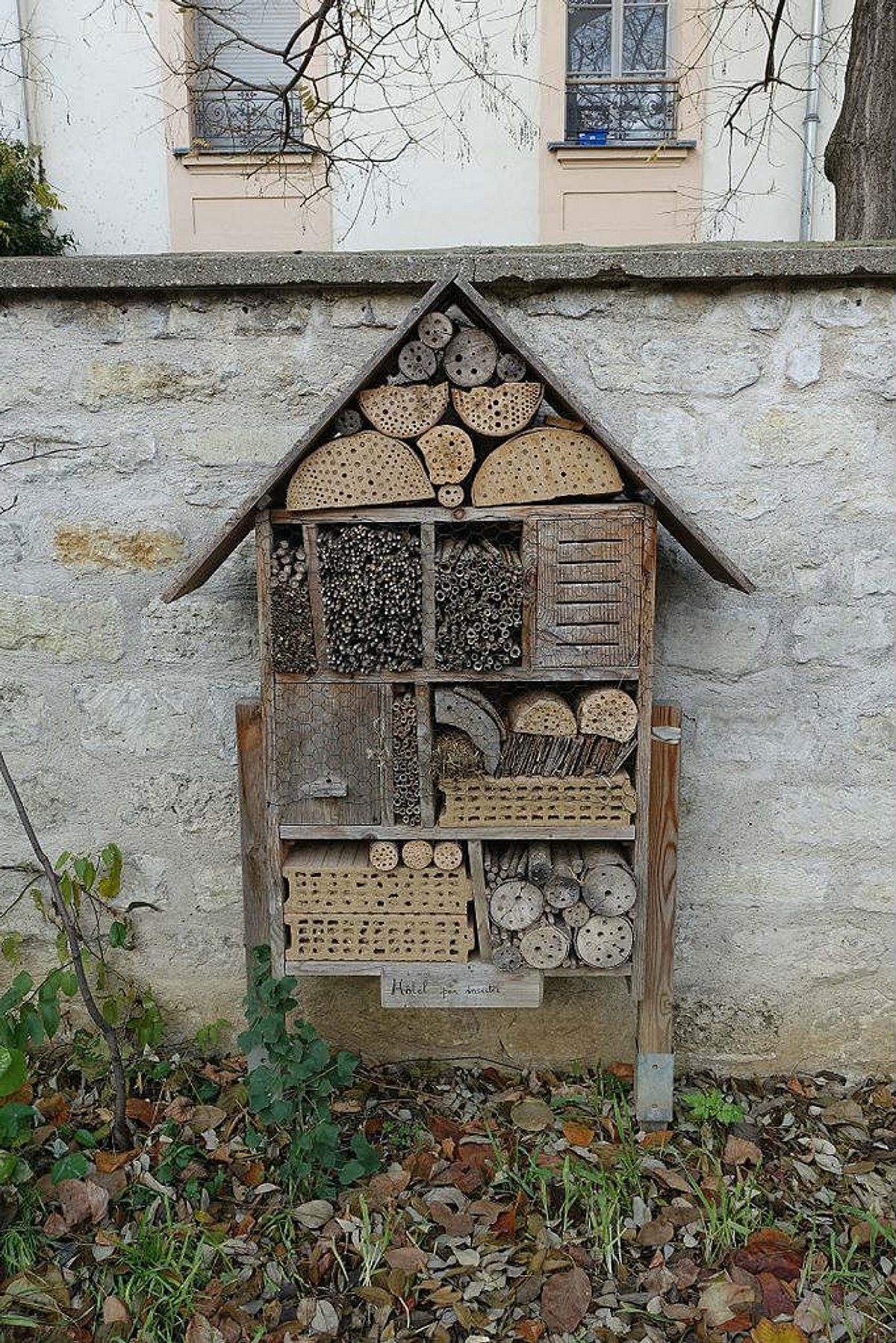
How you can invite more insects into your garden
If you build it, they will come.
The insects, that is. To your insect hotel.
Bugs might not be your thing, but consider this: almost two-thirds of flowering plants need insects for pollination. Without bees and other pollinators the supply of some of our favourite fruits would be at risk.
Closer to home, you’ll get better fruit and vegetable harvests from your own garden if you have beneficial insects around — and some can help keep unwanted bugs under control.
Why do insects need our help?
Australia has about 1600 known species of native bees and there are about 300 around Adelaide and the Mount Lofty Ranges. Most of the local ones are solitary and nest in small places, such as hollows in timber or in burrows in the ground. Other beneficial insects are ladybird beetles, spiders, lacewings and native earwigs.
But land clearing and urban development have reduced the number of hidey-holes, such as trees with flaking bark or holes in branches. There’s also fewer native plants around to provide food. We can help out by giving them a place in our gardens.
Why do we need them?
Australian farmers rely heavily on introduced honey bees to pollinate their crops, but native bees play an important role too. And while most can sting, they are unlikely to as they’re not aggressive. Native bees can even help you grow tastier tomatoes.
Building an insect hotel can greatly increase the number of beneficial pollinating insects in your garden.
What’s an insect hotel and how do I make one?
It’s a collection of small hollows that can be used by native bees or other insects looking for a place to rest and lay eggs.
It doesn’t need to be palatial – just use the right materials and put it in the right place and the insects will thank you.
You can make a simple frame from old pieces of wood (not chemically-treated) or even use an old crate or box as a frame.

Suitable filling material includes lengths of bamboo, timber off-cuts, sticks, old pots, pieces of plastic pipe, chicken wire, broken bricks, straw, dried grass and pine cones.
If you don’t have these bits and pieces, you can drill holes about 15 centimetres deep into some logs and put them sideways on a layer of bricks.
If you need some inspiration, check out these simple instructionsfor making a bee hotel. Whatever type of insect hotel you choose to build, put it somewhere that is protected from the elements and at least a metre off the ground.
You can help attract the insects by planting a variety of pollen-rich plants that flower at different times of the year to provide a regular food source. Native bees like gum trees, bottle brushes, wattles and daisies, among others.
Building an insect hotel is a great family activity and an opportunity for children to monitor the bees or insects and learn more about them.
If you’re interested in other ways to care for the environment from your own backyard, check out our blogs on how to build a raingarden and how to attract birds.





